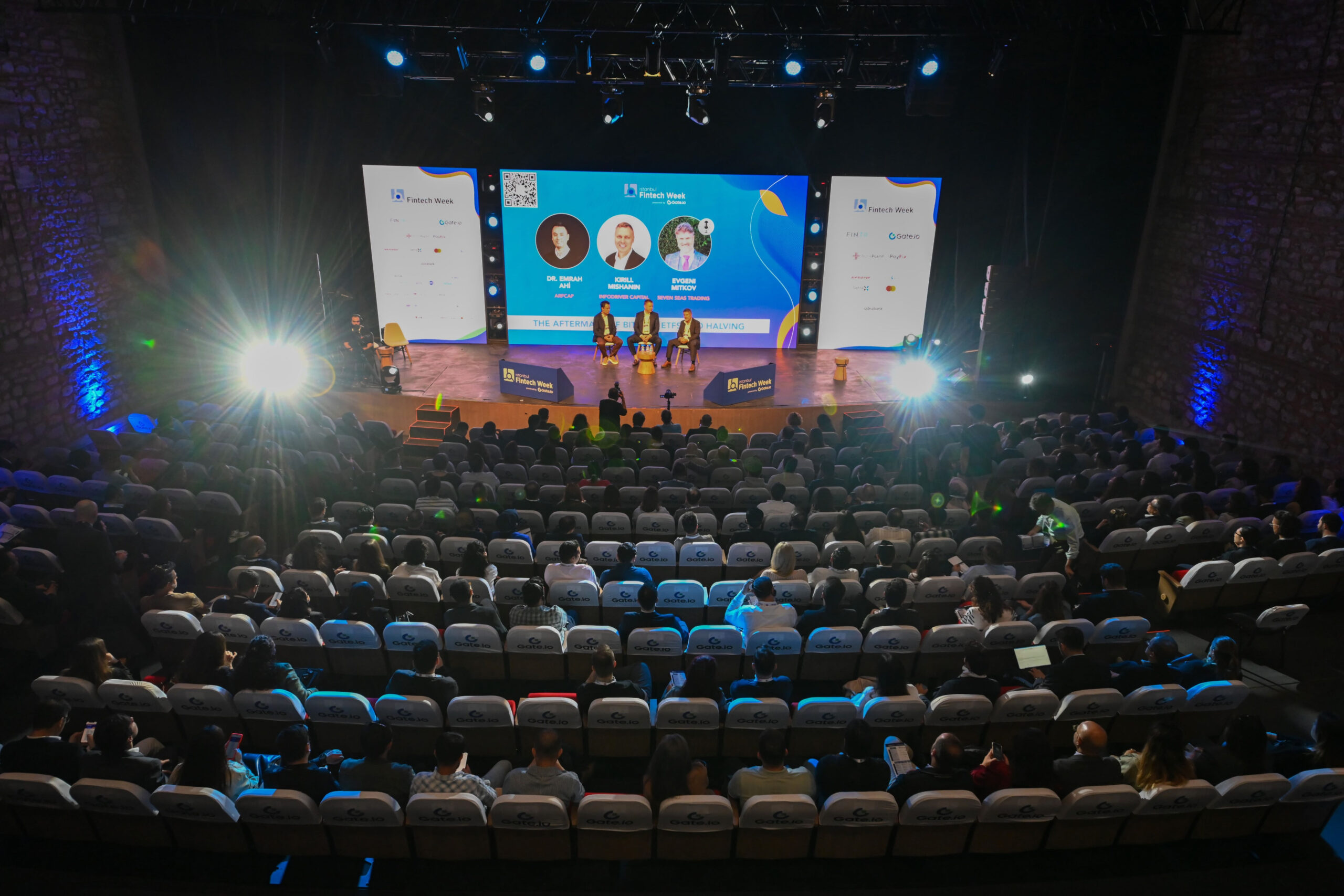 Financial Services
Financial Services
- Insights
- Financial Services
- Case Study
Lean and Slick: The Case for Transitioning from Legacy Commercial Loan Allocation Systems

Digital transformation is the process of creating new — or reimagining existing — business processes and products, and improving customer experiences to meet the business and market demands. If you want to compete in this hyperfast era, you need to constantly reinvent your business. Banking is no exception.
In this article, I would like to take a closer look at how one of the largest banks in Europe transformed its legacy commercial loan allocation system to speed up the loan allocation process, improve business operations through the use of modern technologies, reduce costs by moving to a distributed open environment, and deliver products faster with modern approaches.
Letting go of legacy systems is fraught with difficulties. Tons of business logic is locked into these systems.
During the transformation process, the two systems – the new and the legacy – have to coexist together, and this is where the challenge begins
THE PROBLEM IS OBVIOUS, BUT WHAT ABOUT THE SOLUTION?
The bank was suffering from three main problems. The very first problem was the impractical and old-fashioned user interfaces. The bank had 3 different modules and more than 50 screens for commercial credit approval, rating/scoring, and customer information processes. Users had to navigate through multiple screens to get the information they needed. This was time-consuming. In addition, branch staff had to be trained on all the screens they needed to go through to complete a task and they needed to remember contained in these screens. It was difficult for a junior branch personnel to learn all this overwhelming knowledge. Adding to this, the learning process took too much time for both new and experienced users who were already busy with their day-to-day work. To eliminate this time-consuming process and its dependencies, the client wanted to optimize all the screens and modules, making them smarter and faster to access the information they needed.
In addition, no real decision engine was used in the commercial credits loan allocation processes. A homegrown engine was being utilized, but it was highly dependent on the skills and capacity of the IT department. If a business unit wanted to make changes to the engine’s logic, it had to formally request them from IT, walk through a process that was not always standard, and wait a long time for it to go live. This engine had a long learning curve and users were reluctant to make changes for fear of breaking something. To overcome this situation, users needed a guide through their engine journey.
The third reason for the transformation was the outdated nature of the technology used. In the legacy system, even the simplest operations such as short-term credit extension were evaluated manually due to the lack of an automated process. There was a huge opportunity to reduce the workload on users and free up some of their time for more valuable work by introducing some intelligence. This automation process would also help alternative distribution channels to proliferate, reducing the workload. Furthermore, the legacy system was designed as a monolithic application. Even a small change to this system required a freeze to the entire application, extensive testing, and a major deployment operation. The need to make it more modular was therefore obvious.
Initially, the bank tried to address these challenges internally, but after a few attempts, they knocked on Define’s door for a faster solution, relying on our experience. Let’s see how we approached the issue.
In this era of inevitable change, one of the biggest challenges organizations face is how to manage large-scale transformation projects and multiple stakeholders without disrupting business operations.
TRANSFORMING THE LEGACY SYSTEMS
Defining the problem was the easy part. Finding a solution that was appropriate to the bank’s context was the challenge, and this is where DefineX shined. We came up with an approach that would meet the business needs while taking into account the technical dependencies. Our focus was to find a practical roadmap and identify the first candidate for the legacy application transformation given the need for coexistence.
When looking for the right candidate, we had several evaluation criteria. Obviously, we wanted to focus on the bank’s most problematic screens, because the bank needed an urgent fix and that is why we were there. The second guideline was the amount of rework. We decided to limit the amount of rework, so we favored candidates that were less dependent on external systems. Finally, the frequency of changes. The candidate should not change often because it would be hard to isolate the problems of the new architecture from the functional problems. Considering all these facts, the Commercial Loan Allocation application was chosen as the beginning of the story. It was an important core banking application that the bank was facing problems with a low change frequency and limited integration with external systems.
With this prioritized roadmap in place, DefineX brought its extensive technical experience in legacy transformation and then began to design and develop new user-friendly screens using agile principles. As we built the new screens, we placed them in a microservices architecture. This created a future-proof system that addressed the scalability concerns and made the development and deployment phases easier, faster, and more open to change. On the front-end side, our main goal in building the new screens was to make them easy to use and understand so that users could access the customer loan information in seconds. For example, there were no history screens before. The project created a proposal-based history screen for credit applications so that users could easily see the customer’s previous transactions and associate them with new proposals.
Additionally, by implementing automation, our functional and technical teams began to create faster and less IT-dependent credit allocation processes such as automated credit proposals and loan renewals. With automated pre-approved limit proposals, customers are now able to use their pre-approved loans without physically visiting the branch, which has increased customer satisfaction.
Previously there were no engine rules to make decisions, but now with the data collected from various services, the engine can decide and control the credit allocation processes, such as hard rejection controls. With the new decision engine, some digital signposts, alerts, and warnings are created to guide the user through the engine journey. Previously, errors in the application process were written to the log and users had to request it from IT to find errors. With the new engine, the errors are displayed on the screen with their descriptions and the user can understand them without checking the logs and without relying on IT. Also, the new engine can now control customer-based reports from external organizations such as KKB. This type of reports are automated with the strategy in the engine.
THE RESULTS OF TRANSFORMATION
DefineX has had a great impact on the bank’s results both technically and business-wise. At the end of the current phase, several impressive results have been achieved:
- Bank staff can now easily access customer scoring information from a single screen that previously required navigating through 8 different screens.
- By automating and streamlining labor-intensive deployment and delivery processes into fast, autonomous, agile, and high-quality delivery processes, the bank has saved significant IT effort.
- The process of defining limits for group firms has been reduced from approximately 1-2 days to almost 1 hour due to new front-end structures and automated flows. This has resulted in significant time saving for commercial credit teams.
- By simplifying legacy applications and technology platforms, new technologies have been leveraged to create fast and continuous credit processes while reducing costs.
- With the new automated process, the engine can now decide on the customer’s limit date extension, ensuring that the right decisions were made and reducing the user’s workload.
- Previously, almost 5% of the proposals were made by automation. With the new engine, this rate has increased to nearly 25%, doubling the number of automated loan approvals.
- The new engine allowed users to focus their time on more valuable core business activities.
- The bank’s use of automated commercial credit is expected to triple as the project continues.
Our project aimed to address this challenge by providing a holistic approach that served the client’s business objectives while also offering technical coordination. Drawing on our extensive experience in this area, we were able to accelerate the client’s delivery and transformation journey.
Explore deep-dive content to help you stay informed and up to date
 Financial Services
Financial Services
 Telecommunication
Telecommunication
Transforming Legacy to Cutting-edge Technology: A Siebel CRM Upgrade Journey
Read now Financial Services
Financial Services
Where is the financial industry heading? Highlights from Money 20/20
Read now Financial Services
Financial Services